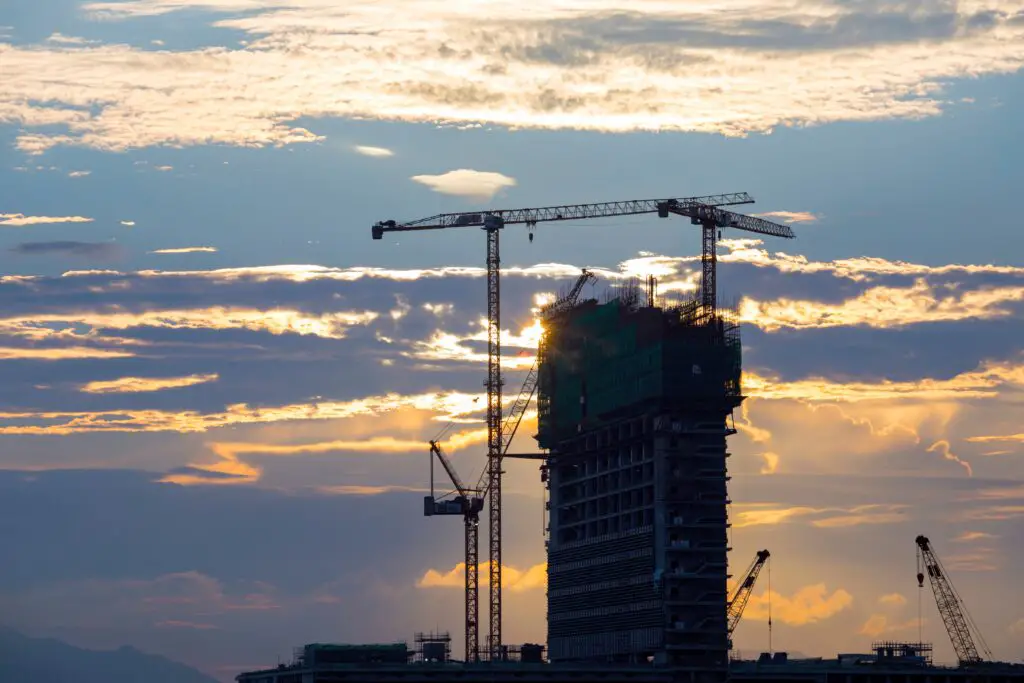
Guaranteed Primary Foundations: Examining Failures in Construction Projects
The construction industry is a cornerstone of global infrastructure development, shaping skylines and communities alike. However, behind the grandeur of towering skyscrapers and intricate bridges lies a sobering reality – construction failures.
From structural collapses to budget overruns and missed deadlines, these failures can have devastating consequences on both human lives and economic stability.
In this article, we delve into the multifaceted nature of construction failures, exploring their causes, consequences, and potential solutions.
Understanding Construction Failures:
Construction failures encompass a broad spectrum of issues, ranging from design flaws and material defects to poor project management and inadequate quality control. One of the most catastrophic forms of failure is structural collapse, which can result from various factors such as substandard materials, faulty engineering calculations, or unforeseen environmental conditions.
Notable examples include the collapse of the Morandi Bridge in Genoa, Italy, in 2018, and the Hyatt Regency walkway collapse in Kansas City, USA, in 1981, both of which claimed numerous lives and sparked widespread scrutiny of construction practices.
Aside from structural failures, cost overruns and scheduling delays are pervasive challenges in the construction industry. Projects often exceed their initial budgets and timelines due to inaccurate cost estimates, scope creep, contractual disputes, and logistical issues. These delays not only incur financial losses but also disrupt communities and strain relationships between stakeholders.
Causes of Construction Failures:
Construction failures can be attributed to a multitude of factors, many of which stem from systemic issues within the industry. One primary cause is inadequate risk assessment and mitigation strategies. Projects may proceed without thorough evaluations of potential hazards, leaving them vulnerable to unforeseen complications.
Additionally, the use of outdated construction techniques and materials, coupled with lax regulatory oversight, can compromise the integrity of structures and increase the likelihood of failures.
Moreover, human error plays a significant role in construction failures, ranging from design miscalculations and construction defects to negligence and mismanagement. In an environment where tight deadlines and profit margins often take precedence, corners may be cut, and standards compromised, leading to subpar outcomes.
Consequences of Construction Failures:
The consequences of construction failures extend far beyond the immediate impact on the project at hand. They can erode public trust in the construction industry, undermine investor confidence, and incur substantial legal and financial liabilities for stakeholders involved.
Furthermore, the human toll of construction failures cannot be overstated, as lives lost or permanently altered due to negligence or incompetence are irreplaceable.
In addition to the direct repercussions, construction failures can have broader implications for societal well-being and economic development. Infrastructure projects are essential for supporting economic growth, enhancing mobility, and improving quality of life.
When these projects falter or fail, the ripple effects can hinder progress, stifle innovation, and exacerbate existing social inequalities.
Addressing Construction Failures:
Addressing construction failures requires a multifaceted approach that encompasses regulatory reforms, technological advancements, and cultural shifts within the industry.
Strengthening building codes and enforcement mechanisms is essential to ensure compliance with safety standards and prevent substandard construction practices.
Furthermore, embracing innovation in construction techniques and materials can enhance resilience and sustainability while reducing the likelihood of failures.
Technologies such as Building Information Modeling (BIM), advanced analytics, and remote monitoring offer unprecedented capabilities for detecting potential issues early in the construction process and facilitating data-driven decision-making.
Moreover, fostering a culture of accountability, transparency, and continuous learning is crucial for mitigating construction failures.
This involves promoting collaboration among project stakeholders, investing in workforce training and development, and fostering open communication channels to address concerns and challenges proactively.
Conclusion:
Construction failures represent a complex and pervasive challenge that demands urgent attention and concerted action from all stakeholders involved.
By understanding the root causes of failures, implementing proactive risk management strategies, and embracing innovation and collaboration, the construction industry can aspire to build a safer, more resilient future for generations to come.
Only through collective efforts and a commitment to excellence can we ensure that the foundations upon which our communities are built remain steadfast and secure.
To see other material construction, please see here.
To know other construction guides, tips, and methodology for beginners, veterans, and contractors, please see here.
